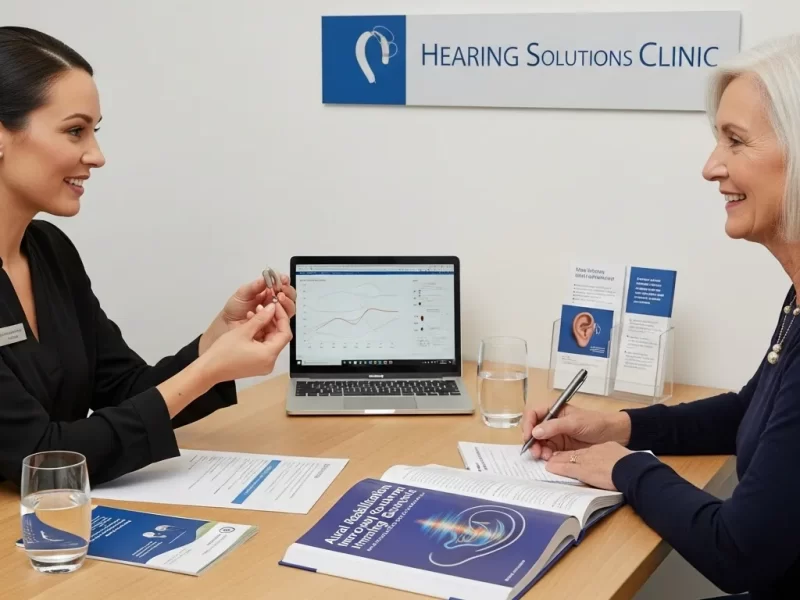
Hearing loss is an increasingly common problem in the modern world. With an aging population, increasing exposure to noisy environments, and the ongoing nature of much ear disease, increasing numbers of people are realizing that hearing aids alone cannot entirely solve the problems posed by hearing loss. This is where aural rehabilitation comes in.
What is aural rehabilitation?
Aural rehabilitation is a comprehensive hearing rehabilitation procedure that tries to help individuals with hearing loss attain optimum hearing function and communication ability. It is beyond hearing aid use; it is a series of steps, including assessment, training, counseling, and environmental modification, to help patients recapture their hearing-related quality of life.
Aural rehabilitation typically involves the following areas:
Hearing assessment and device fitting: Professionals will assess the patient’s hearing and select the most appropriate hearing aid.
Auditory training: The patient’s hearing is improved by way of practice.
Lip reading and communication strategies: These help patients communicate effectively in noisy environments.
Psychological and emotional counseling: Hearing loss is typically followed by isolation and depression, and rehabilitation also addresses psychological counseling.
Why is aural rehabilitation more necessary than just using hearing aids?
Most individuals feel that hearing aids give one the sense of “hearing.” Nevertheless, hearing does not necessarily mean understanding. Aural rehabilitation gives one a complete hearing rehabilitation experience that can:
Enhance speech clarity: This not only amplifies sound but also assists the brain in relearning how to interpret it.
Provide individualized listening situations: This makes communication at home, work, and in public easy.
Build confidence: With structured therapy, communication barriers can be reduced and social interaction can be resumed.
Who is a candidate for aural rehabilitation?
Aural rehabilitation is suitable for all hearing-impaired individuals:
New hearing aid users: This helps them adapt to the device within a short period.
Long-term hearing aid users with unsatisfactory results: This can improve their hearing through rehabilitation training.
Cochlear implant patients: This can accelerate the restoration of hearing through systematic training after surgery.
Children or elderly patients: Improve language learning and adaptability.
The Real Effects of Aural Rehabilitation
Through aural rehabilitation, most patients report:
It is no longer difficult to communicate with family and friends;
Being able to hear more in a noisy environment;
Restoring confidence and vitality in life;
Improved job performance and reduced communication errors.
These daily examples illustrate that aural rehabilitation is not a luxury add-on, but a necessary component of the hearing improvement process.
ELHearing Puts You on a Better Path to Hearing Rehabilitation
As a professional hearing aid manufacturer, ELHearing not only makes quality hearing aids but also provides customized wholesale service to different hearing institutions and distributors with different demands. By matching appropriate hearing aids with systematic aural rehabilitation, users can get a more complete and effective hearing solution.
Regardless of whether you are an individual client or a hearing industry business partner, ELHearing will leverage its professional technology and flexible customized solutions to make every hearing-impaired person hear the beautiful sounds of the world.
